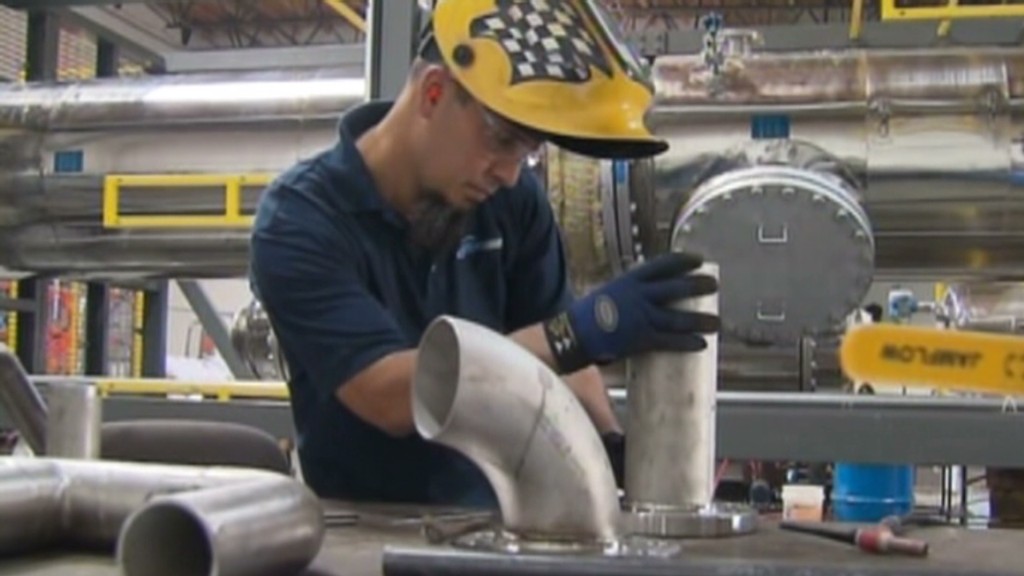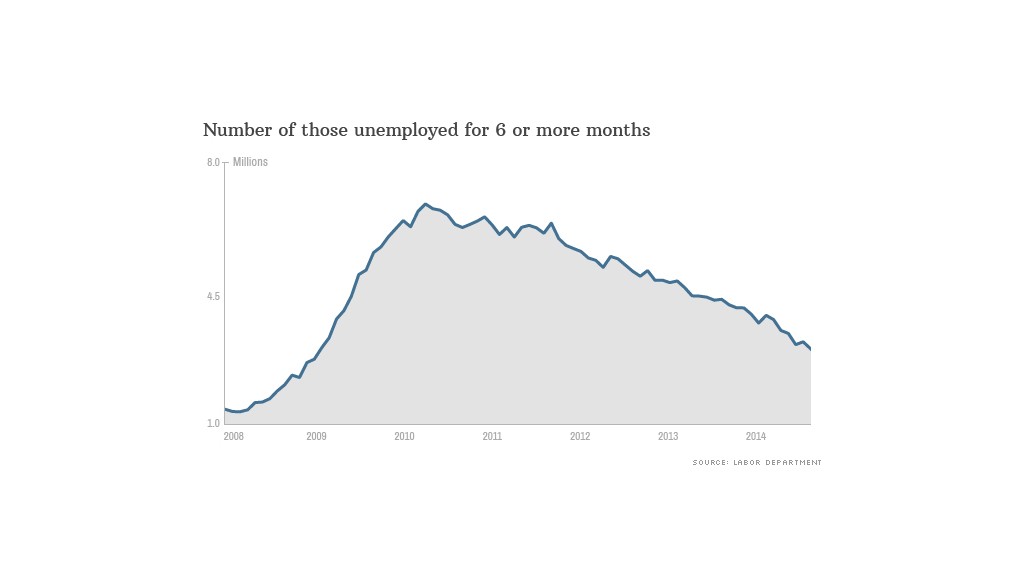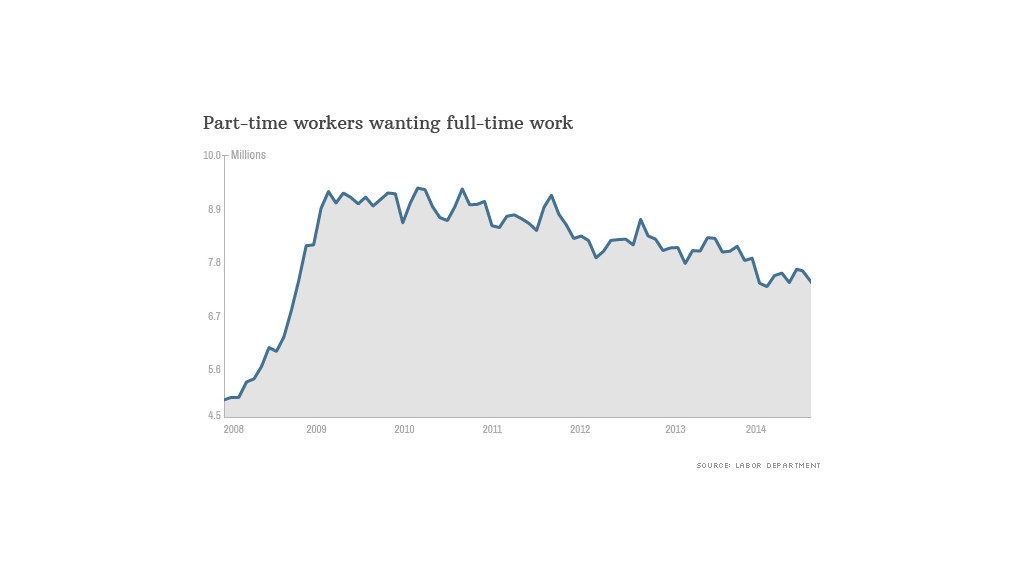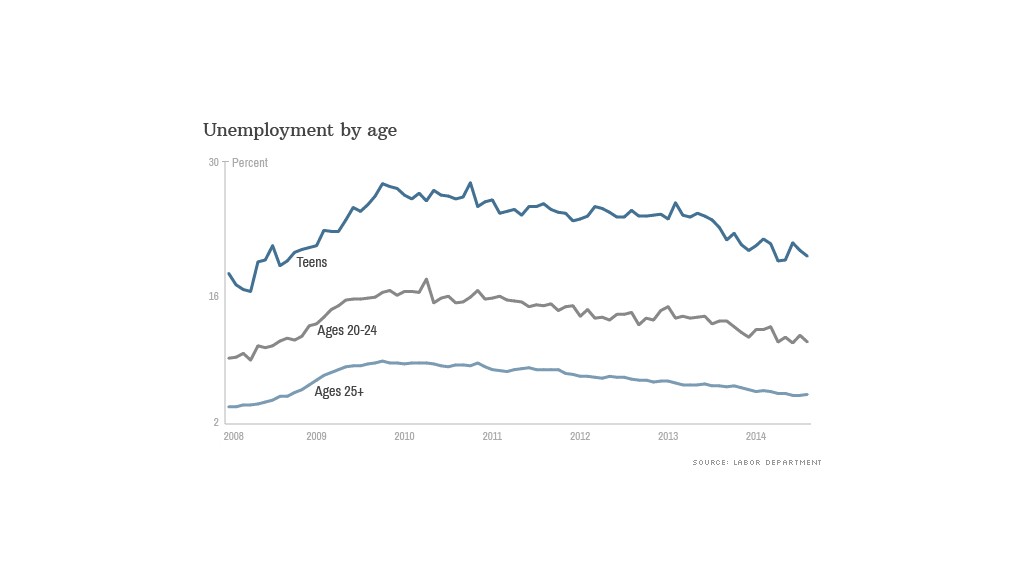
Friday's jobs report was disappointing to just about everyone.
But looking beyond the measly 142,000 jobs created in August there was some good news mixed in with the bad.
There are still pockets of real pain among those looking for work -- especially for younger workers, minorities, and those without college degrees. But there are large segments of the job market where conditions are fairly strong.
"The labor market is not as weak as some of the policy talk would indicate," said Keith Hembre, chief economist for Nuveen Asset Management. "There is demand for labor out there."
Long-term unemployment getting better.
One of the biggest worries of economists during the recession was the spike in long-term unemployment. At its worst, nearly 7 million people -- about half of the unemployed -- had been out of work for six months or more.

Related: 5 big trends shaking up the job market
Now the number of long-term unemployed people has been falling steadily. There are about a million less of them, since the end of last year. And they make up a smaller fraction of the unemployed. Less than one in three of those who are unemployed fall into this category.
That's good news because the shorter the period of unemployment, the easier it is to find work.
Part-timers finding full-time work
Another hidden number that worried economists during the recession was the more than 9 million workers who wanted full-time work but had to settle for part-time jobs -- so called "underemployment."

But that reading which is not captured in the unemployment rate is also showing improvement. It's down to 7.3 million part-time workers seeking full-time jobs, falling by nearly a quarter million in just the last month, and down nearly a million from last summer.
Youth unemployment remains stubbornly high.
It appears that the recovery in the jobs market has essentially left out younger workers. Teen unemployment was still nearly 20% in the month, not a huge improvement from the 27% high reached at the worst point of the recession.

Things are only slightly better for the 20 to 24 year old workers, where the unemployment rates remain above 10%. And things may actually be worse than those numbers suggest. Many younger workers have dropped out of the labor force, either going back to school or simply staying home, because of the difficult job market.
The percentage of those age 20 to 24 who are either looking for work or holding jobs remains near the four decade low reached two years ago.
Racial differences remain
White unemployment is now down to close to 5%, little more than half the peak unemployment rate of 9.2% for whites reached during the recession.

But even with the improving job market, black unemployment remains in the double digits. Hispanic unemployment also remains higher than for whites, but has fallen to 7.5%.


